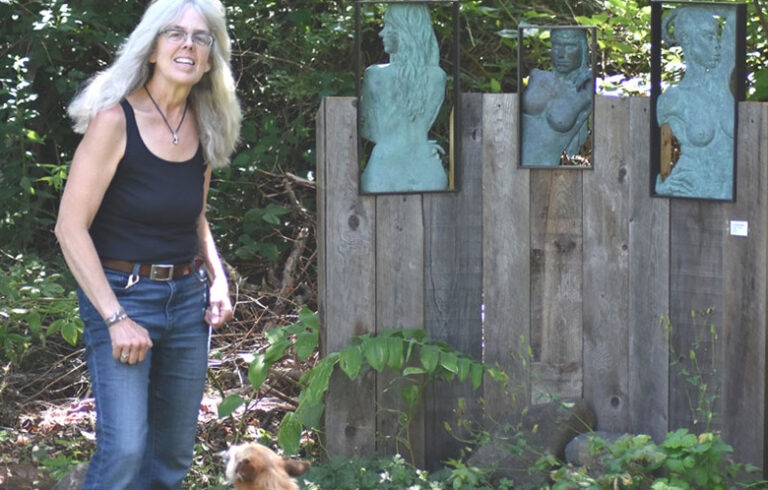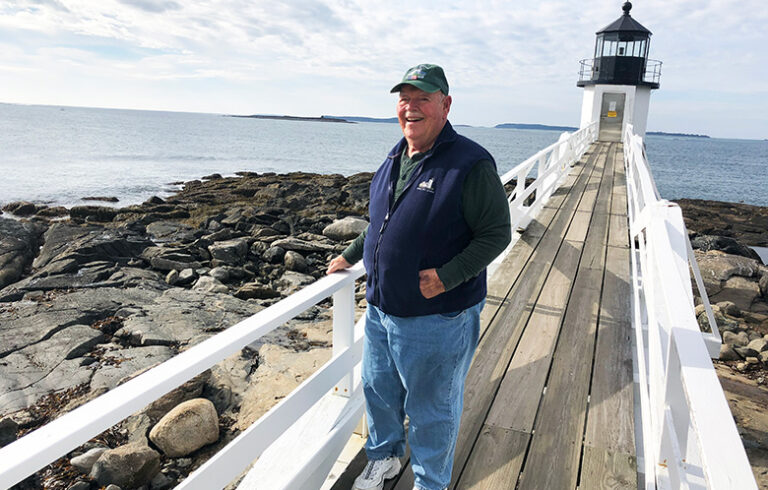Editor’s note: This story first appeared in The Quoddy Tides, and appears here with permission.
Until as late as 1770, Deer Island—which lies between Eastport and New Brunswick, and is part of the Canadian province—is believed to only have been used by the Wabanaki peoples, primary Passamaquoddy, for hunting. In many ways Deer Island has remained essentially unchanged over the years. The homes of many multi-generational island families remain, with the names of the early island inhabitants still marking birth certificates as well as towns to this day.
Until 1758, when Lord William Campbell, the then governor of Nova Scotia, distributed land grants for the Bay of Fundy area, New Brunswick was still a part of the colony of Nova Scotia.
Col. Joseph William Gorham received a grant for Deer Island in 1767. The island had been named for its Passamaquoddy name, Eduki‑m‑minik, meaning “deer‑his‑island.” However, the conditions of Gorham’s grant stated that he must sow and cultivate, as well as settle the land. Gorham was unable to do so because of his appointment as commandant of Newfoundland in 1770.
It was then that he sold the land to an officer named Thomas Farell, who was said to happily give land to those who lived or wished to live on Deer Island. However, according to other records, this depiction of Farell was not entirely accurate. Farell owned the grant of ownership yet made no attempt to assist settlers in their lives, refusing to grant them permanent deeds.
Because of his ownership of the land, settlers were unable to legally organize and function as a settlement. The community suffered under Farell’s ownership. Residents were unable to flourish. Records show 35 family heads had signed a petition pleading for ownership of their land.
The island was willed to his children upon Farell’s death in 1822. The only way to settle the estate was through the sale of the land. As a result, the Loyalists and their families finally received title deeds to their land and the island began to flourish.
As can be seen today, the placement of many of the island’s towns—Fairhaven, Leonardville, Stuart Town, Lord’s Cove, Chocolate Cove, Richardson, Cummings Cove, Lambertville, and Lambert’s Cove—ranged along the coast of the island makes communication between them difficult. Islanders can remember a time in recent history when residents mostly socialized with members of their own village, as demonstrated by the Leonardville‑Lord’s Cove baseball rivalry in the 1930s. Each village had its own school, church, and stores with a few still in use in Lord’s Cove, Leonardville, Fairhaven, and Lambert’s Cove.
The early division and isolation on Deer Island became a thing of the past with improved transportation, telephone, and now internet connection changing the atmosphere from one of several small villages to one larger island community. The island has remained a united front in 2020—a year of uncertainty that celebrates the 250th anniversary of Deer Island’s settlement. The year 2020 marks 250 years of endurance and the promise of continued unity.





